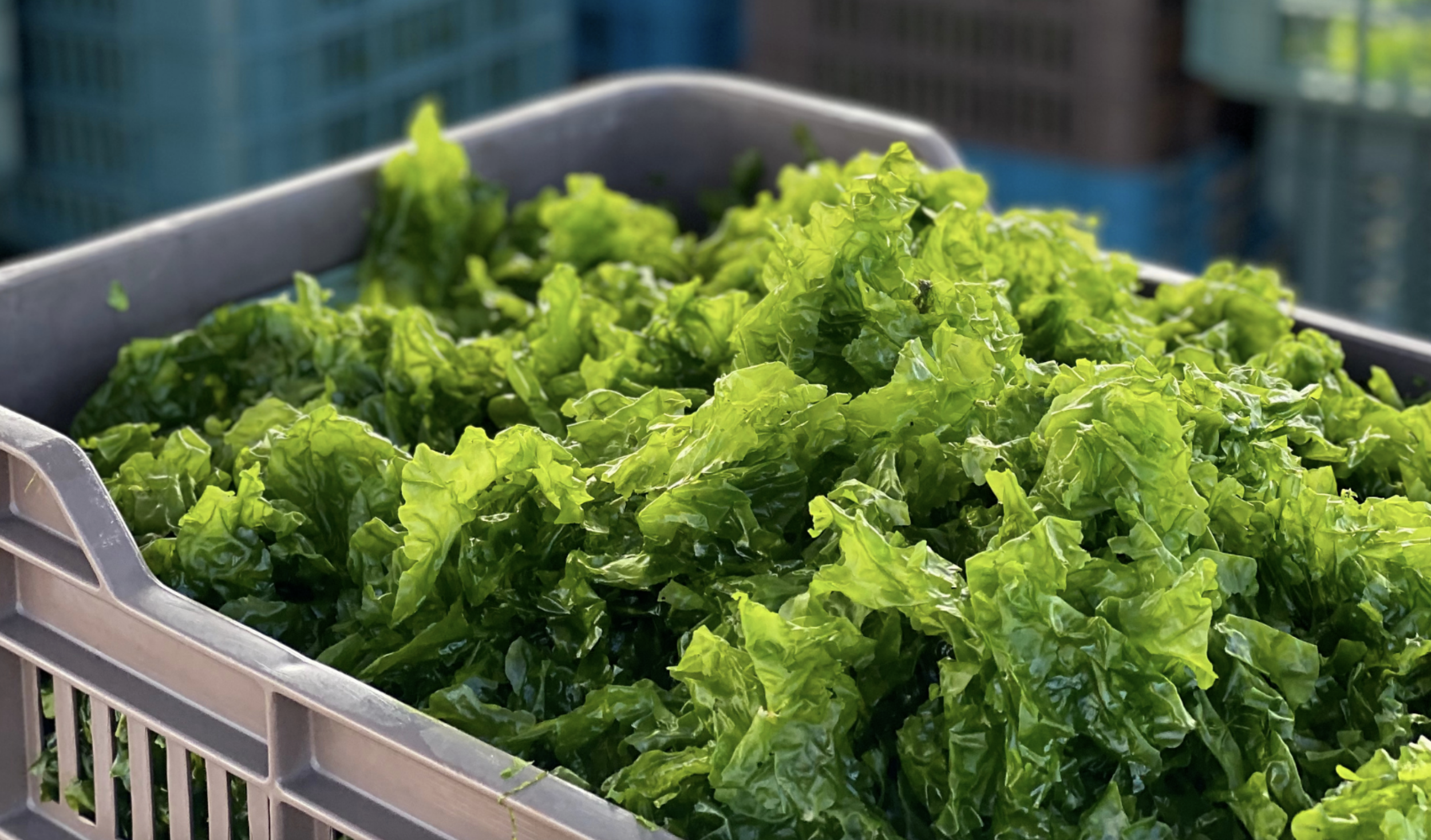REGENERATIVE AGRICULTURE
Have you heard of the term ”climate cuisine,”? As we become more aware of the global food system’s impact on climate change, many people are aware that livestock emit greenhouse gasses and land-based crops require loads of freshwater. This has led to a growing number of people making changes in their daily diet and lifestyles to help minimize their personal impact on climate change, which has introduced the term “climate cuisine.”
As people have become more conscious of farming, fishing, and grazing practices, there has been a rise in awareness and interest in regenerative agriculture. However, regenerative agriculture does not only apply to the land, it can also be applied to the sea. Here is everything you need to know about regenerative agriculture, and aquaculture, and why it is so important to us and the planet.
What is Regenerative Agriculture?
Regenerative agriculture is a farming and grazing practice that improves biodiversity, increases carbon capture, and restores degraded soil to create long-lasting environmental benefits. Soil is a living thing that needs to be nurtured. Unfortunately, many modern agricultural practices have degraded and destroyed the health of our soil. Regenerative agriculture seeks to reverse this damage and is quickly becoming a beacon of hope for those focused on the health of our planet.
Regenerative agriculture takes a holistic approach to farming that aims to restore and revive the health of our soil and ecosystems through various practices that tend to the land themselves. That means forgoing the use of herbicides and pesticides by protecting crops naturally, planting cover crops to prevent soil erosion, promoting methods like conservation tillage and crop rotation, and using compost instead of synthetic fertilizers. Regenerative agriculture supports practices that allow Mother Nature to heal herself without the use of human interference through synthetic chemicals. What about regenerative aquaculture?
Regenerative Aquaculture
The term is still new and underdeveloped, but the concept of regenerative aquaculture, or regenerative ocean farming, was first used and developed by Bren Smith, a Canadian commercial fisherman turned ocean farmer, who founded GreenWave, who believes ocean farming is the new farming model of the future.
Smith’s version of regenerative ocean farming involves growing seaweed and shellfish in small underwater gardens. “What regenerative ocean farming does is create a new regenerative economy that’s based on conservation, restoration, and mitigation, as opposed to more extraction of resources.” Put simply, regenerative aquaculture is a more sustainable way to work with the sea.
“The ocean’s like why don’t you grow things that don’t swim away and don’t have to feed? When you look at the ocean that way, there are hundreds of kinds of shellfish, and thousands of plants we can grow. That opens up a whole frontier of agriculture,” says Bren Smith of Greenwave.
Blue Evolution and Regenerative Agriculture
It is an honor and privilege to say that we are one of the largest growers of regenerative seaweed crops in North America. We look at regenerative ocean farming as one step beyond sustainability. Not only does our kelp farming sustain the environment, it actually gives back to the environment by capturing carbon. Once out planted, our kelp requires no fertilizer or freshwater, and very little maintenance. The end product is a versatile product that can be used in animal feed, biofuel, and makeup, but food products are really where our kelp shines.
This is where our seaweed excels as a type of climate cuisine. Our seaweed farm based in Baja, Mexico, requires zero freshwater, is 100% Certified Organic, and the seaweed actually absorbs carbon from the ocean water, so it leaves our farm clean and refreshed, while our kelp farms in Alaska require zero fertilizers to grow once they are planted. They just use sunshine, seawater, and a whole lot of creativity. One step further than being sustainable, farming seaweed is regenerative, which means it actually gives back to the oceans by removing carbon from the seawater. Just like land-based regenerative agriculture, but by sea.
How You Can Support Regenerative Agriculture and Aquaculture
If you are an environmentalist or simply care about our planet, we encourage you to put more seaweed on your plate. You can also...
Ask your favorite grocery stores and restaurants to carry more seaweed products
Hold brands to a higher standard by asking more questions and demanding transparency
Keep talking about climate cuisine with colleagues, family, and friends
Look for planet-protecting certifications and brands that are Non-GMO Project Verified
Research brands and companies to learn more about their farming, fishing, and grazing practices before purchasing from them
Support companies that are building a better future for our planet
“Nowadays, when so many things are uncertain, supporting seaweed farmers and the seaweed industry is a source for hope. It is something you can physically participate in that moves the needle. It provides a channel to feel empowered through our own personal health journey and how we impact the planet by our food choices. It is something to talk about that is positive,” says Beau Perry, founder of Blue Evolution.
“Not only is our seaweed a restorative crop that pulls carbon dioxide out of the ocean, de-acidifying its waters, but it also creates truly sustainable jobs and entrepreneurship opportunities for coastal communities. Eating seaweed helps shift our food system to a lower-impact model that better balances our needs with the needs of future generations. It sends a powerful signal to the financial sector about our customers’ priorities for the future. Buying seaweed also connects you, and all of the people involved in producing it, more deeply to the ocean. That is a profound effect, with very tangible results."



